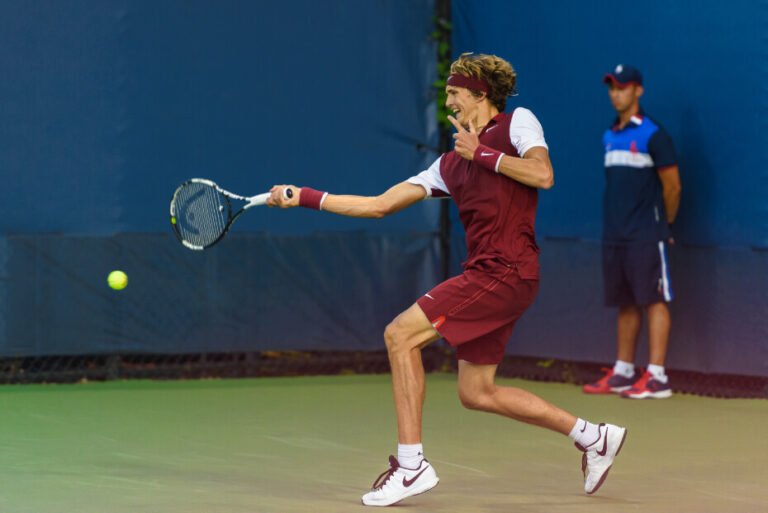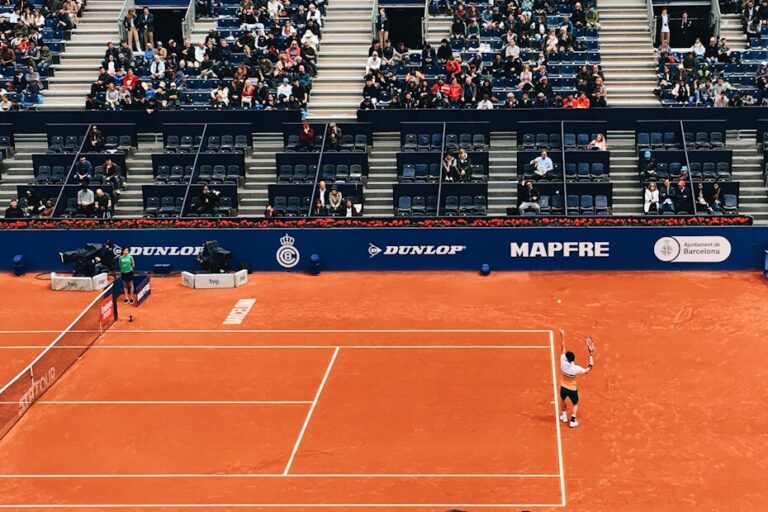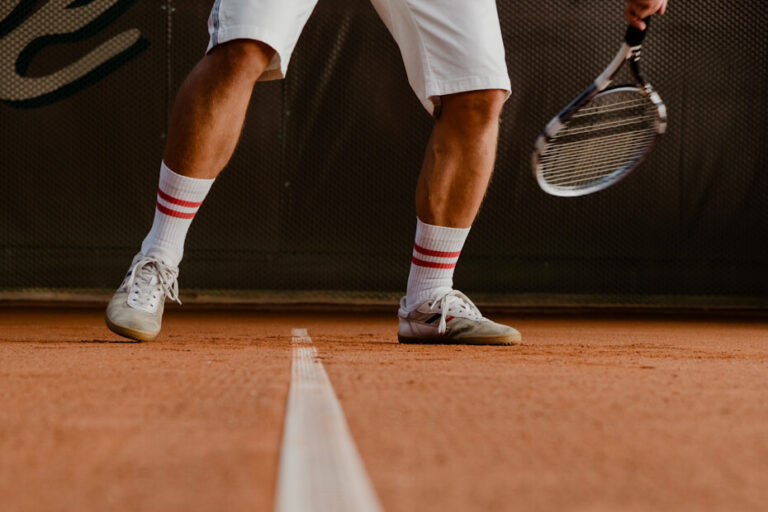In the world of sports, every game has its unique lingo. Tennis, known for its elegance and power, is no exception. One such term that can baffle novice enthusiasts is “icing.” Understanding this term can offer a deeper insight into player strategies and game dynamics. Let’s delve into what it means.
What Does Icing Mean in Tennis?
Icing does not allude to a wintry tennis court or a reward after a hard-fought match; instead, it’s a psychological tactic utilized in the game. Icing refers to a deliberate act performed by a player to disrupt the rhythm or momentum of their opponent. It is often done in high-pressure situations when a player is on the verge of losing an important point, game or set. The ‘icing’ player might slow down the pace, take an extended break, tie their shoelaces, or even question an official’s call to ‘freeze’ the opponent mentally – similar to a goalie in hockey facing a penalty shot. Icing serves as an attempt to unsettle an opponent, distract their focus, or break their winning streak.
Although this tactic seems sneaky, it is legal and part of professional tennis’s mental warfare. The effectiveness of icing can vary, often contingent upon the players’ mental toughness. It is a testament to the integral role that psychological strategies play in sports, reflecting how matches can be won or lost not just by physical prowess, but also mental strength.
The Psychological Impact of Icing
Icing in tennis is a psychological strategy aimed at breaking the opponent’s momentum by intentionally causing a delay. This game plan demands a certain balance, as it could lead to penalties if the player is deemed to be excessively delaying the game or deemed unsportsmanlike by officials. However, when done subtly and strategically, it can effectively throw an opponent off-balance and provide a leg-up in fiercely competitive matches.
The success of icing ultimately hinges on the opposing player’s mental strength. Some players are resilient and manage to bounce back, maintaining focus regardless of the disruption. However, others can be highly impacted by such disruption, causing them to lose focus and hence the game. This critical strategy underlines the significance of psychological strength and resilience in the dynamic, high-stakes world of tennis.
Strategies to Combat Icing
To combat icing and maintain focus during the match, players can employ several strategies:
- Maintain a Positive Mindset: One of the most effective ways to combat icing is to stay mentally strong and positive. Recognize that icing is a tactic used to unsettle you and try not to let it affect your concentration. Focus on your game plan and stay confident in your abilities.
- Stay Physically Active: Use the break or delay to stay physically active and engaged. Stretching, shadow practice, or practicing serves are good ways to keep your body and mind in rhythm. Remaining physically active during the icing period can help you stay focused and mentally prepared.
- Control Your Breathing: Take deep breaths and focus on your breathing to calm your mind and regain focus. Controlled breathing can help you relax and maintain composure, making it harder for icing tactics to disrupt your concentration.
- Visualize Success: Use visualization techniques to mentally rehearse successful shots and visualize yourself overcoming the effects of icing. Imagining positive outcomes can help you stay motivated and focused on your game plan.
- Stay in the Present Moment: Avoid dwelling on the past or worrying about the future. Stay present in the moment and focus solely on the task at hand. This mindfulness technique can help you ignore distractions, including icing tactics.
By employing these strategies, tennis players can effectively combat icing and maintain their focus and concentration during a match.
Controversies and Ethics
One of the main ethical concerns surrounding icing is its impact on the integrity of the game. Tennis is known for its fast-paced nature and continuous flow of play, and when players intentionally delay the game, it can disrupt the rhythm and concentration of their opponents. Critics argue that this tactic goes against the spirit of fair competition and undermines the fairness and integrity of the sport.
Additionally, icing can also create a negative spectator experience. Tennis fans come to watch an exciting and dynamic match, and excessive delays between points can lead to frustration and boredom. This can harm the overall enjoyment of the game for both fans in the stadium and viewers watching broadcasts.
On the other hand, proponents of icing argue that it is a legitimate strategy within the rules of the sport. They claim that players have the right to take the time they need to prepare for the next point, including taking breaks to collect themselves mentally or physically. They argue that the mental aspect of the game is just as important as the physical, and icing can be an effective way for players to disrupt their opponents’ concentration.
Despite the ongoing debates and differing opinions, regulating bodies such as the International Tennis Federation (ITF) and the Association of Tennis Professionals (ATP) have not taken any specific action to address or limit the use of icing. As a result, the prevalence of this strategy remains a point of contention among players, coaches, and tennis fans.







